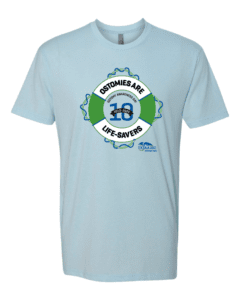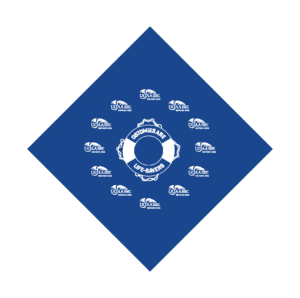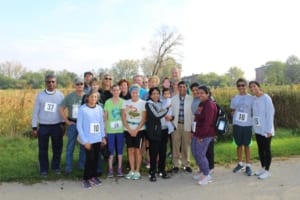Outdoor Adventure Does Not Stop with an Ostomy and IBD.
Hi my name’s Charlotte!
I grew up in New Hampshire as the youngest of three sisters. I had a pretty normal childhood and was raised by a wonderfully supportive family who fostered in me a sense of independence and love of adventure. In 2007, at the age of 17, I was diagnosed with ulcerative colitis. That diagnosis later changed to Crohn’s disease, and it changed my life forever.
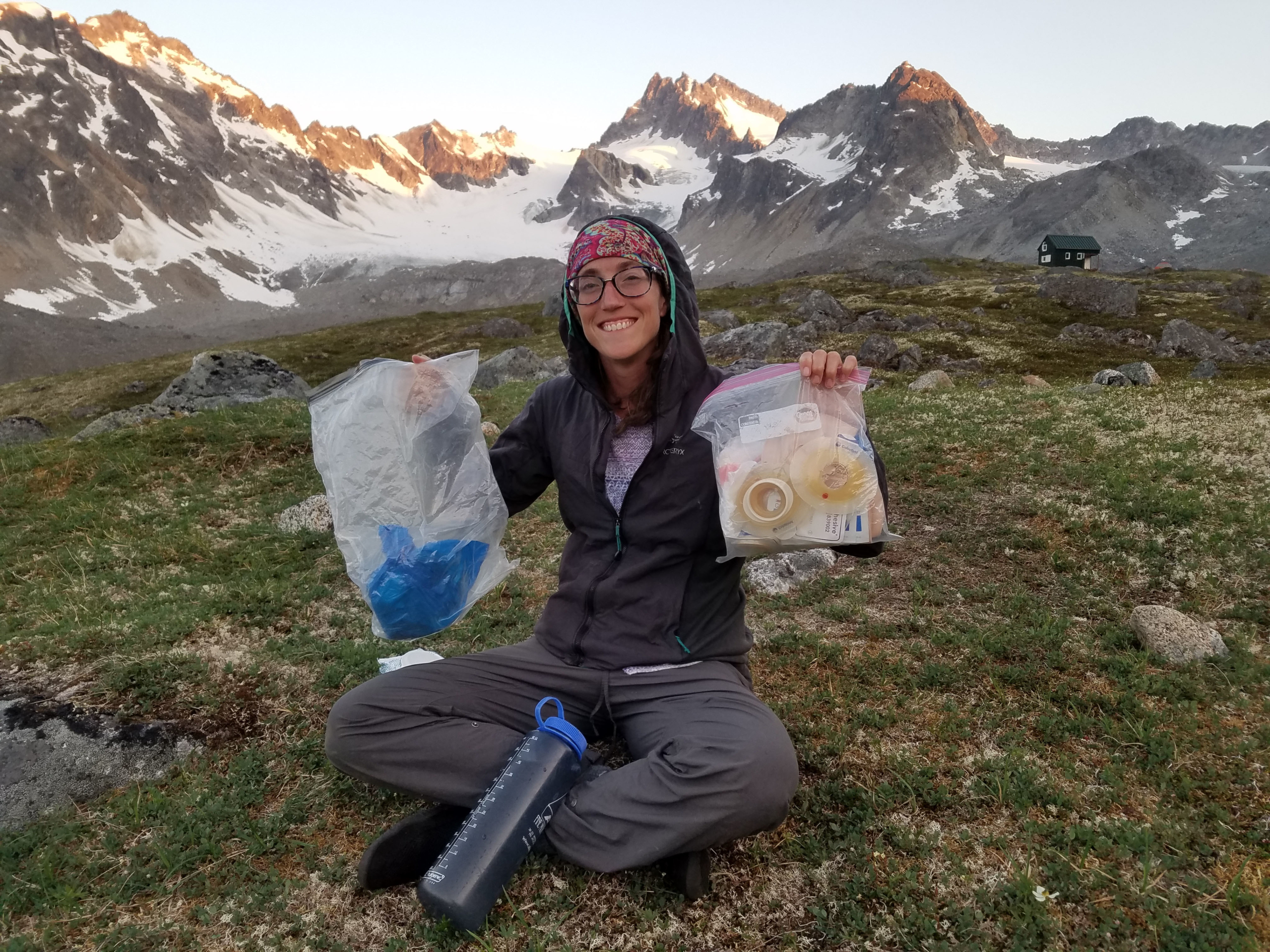
My IBD progressed rather quickly and about nine months after my original diagnosis, I had my colon removed, a temporary ostomy, and a j-pouch created. I lived with my j-pouch for five years, and those were some of the toughest years of my life. Despite a failing jpouch, pooping my pants every day, and a variety of other debilitating symptoms, I was determined to continue living my life. I was able to graduate from high school, bike across the country while in college, and complete my academic coursework as an Occupational Therapy student on time (despite dropping out of college in my Sophomore year because of my Crohn’s disease). I was not going to let Crohn’s get in my way.
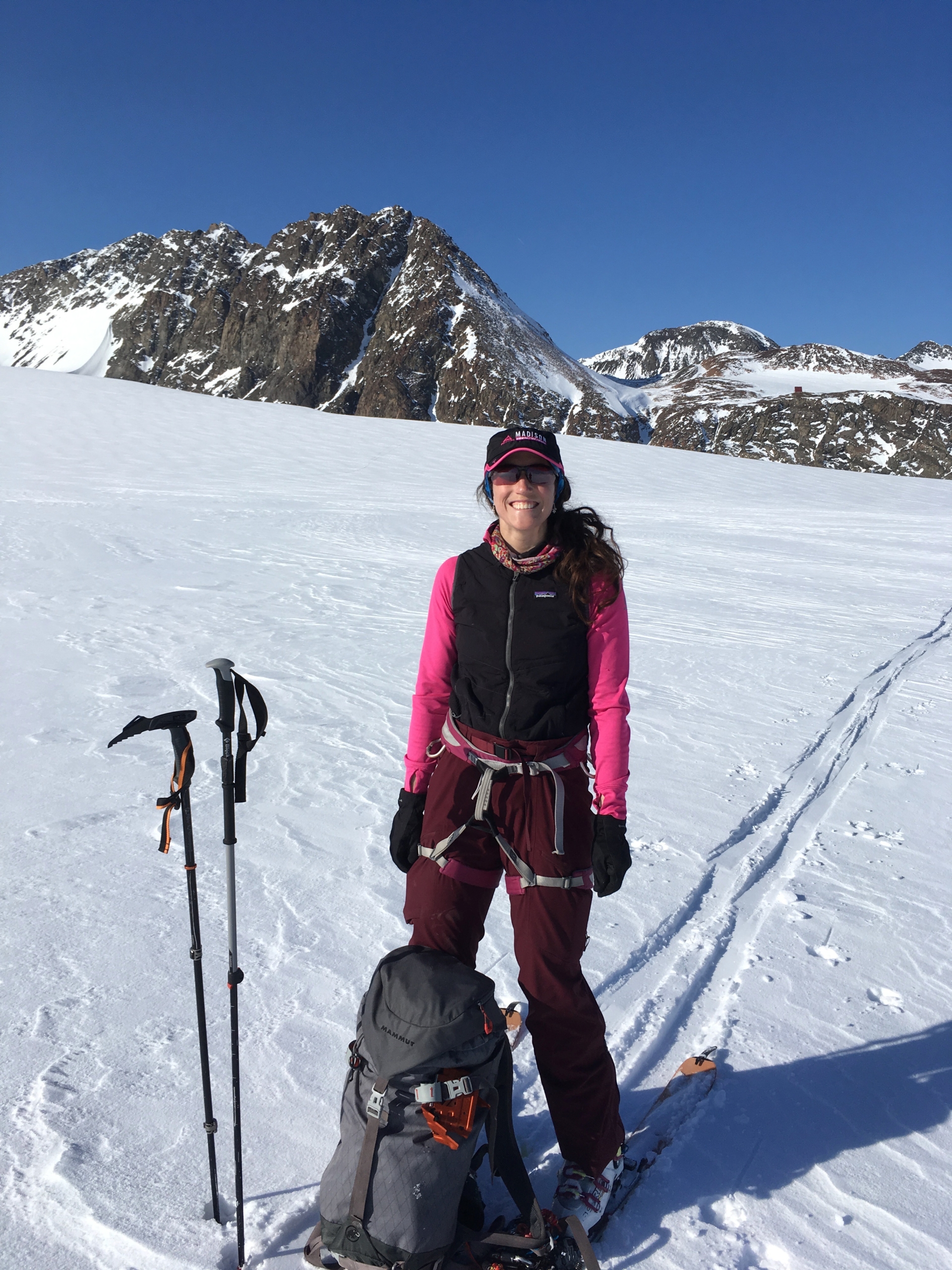 In 2013 after agonizing over the thought of ostomy surgery (I had been adamant for years that I would not have an ostomy), I finally told my surgeon I was ready, and underwent surgery for a permanent ileostomy. I felt prepared for ostomy surgery this time around because I went to local support groups in Boston to learn more about living life with an ostomy. I also found a surgeon who understood me and what I wanted out of life. My ostomy changed my life again, and this time for the better. I’ve had 3 stoma revisions and my Crohn’s does pop up every now and then, but I have so much more freedom in my life with my ostomy.
In 2013 after agonizing over the thought of ostomy surgery (I had been adamant for years that I would not have an ostomy), I finally told my surgeon I was ready, and underwent surgery for a permanent ileostomy. I felt prepared for ostomy surgery this time around because I went to local support groups in Boston to learn more about living life with an ostomy. I also found a surgeon who understood me and what I wanted out of life. My ostomy changed my life again, and this time for the better. I’ve had 3 stoma revisions and my Crohn’s does pop up every now and then, but I have so much more freedom in my life with my ostomy.
In 2014, after graduating with my Master’s in Occupational Therapy, I was able to move to Alaska to take my life back and pursue a life of outdoor adventure (and work). I started sharing more about my ostomy with my community which increased my confidence. I worked to establish a collaborative medical team, including my surgeon, GI doc, and physical therapist/pelvic floor therapist who have helped me take control over my life and continue an active lifestyle. I’m a passionate OT working in Anchorage. I enjoy running, biking, skiing, climbing, hiking, backpacking, camping, and spending any time outdoors. My family, boyfriend, and friends are my greatest sources of support, and they inspire me to live my life fully.
In addition to my passion for the outdoors and exercise, I enjoy empowering others to learn more about themselves and how to thrive with an ostomy. When I first had my ostomy, there weren’t many resources out there, but I stumbled upon the Ostomy Outdoors blog which provided helpful resources for my outdoor journey with my ostomy. That’s in part why I created my blog, backcountryostomy.com, to support other ostomates returning to active lifestyles after ostomy surgery. And I recently started my business, Restorative Ostomy Solutions to empower Occupational and Physical Therapists to feel more confident working with ostomy patients.
Through rehabing myself from six major abdominal surgeries, I have learned what it takes to pick myself up after each setback and continue on my life journey. Because life if so much more than my diagnosis and my ostomy!

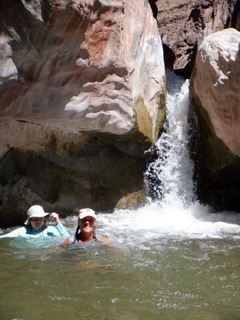
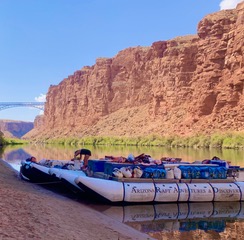
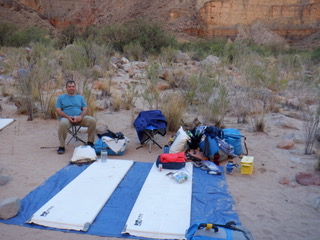
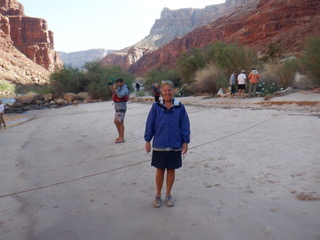 The last day on the river was a half day. Once we got off the boats we are onto a bus for three hours. Luckily there was a real bathroom stop. Here I just switched out bags. We got back to the hotel and into the shower I went. I had so much adhesive on my skin. I used a ton of adhesive remover, then took a face cloth and washed the whole area. My skin looked pretty good for being engulfed in adhesive for 8 days lol. It took a while to get all the adhesive off. It felt amazing when it was. Obviously, when I got out of the shower I dried off and put on a new ring, wafer and bag, no brava strips. My skin was very happy for this.
The last day on the river was a half day. Once we got off the boats we are onto a bus for three hours. Luckily there was a real bathroom stop. Here I just switched out bags. We got back to the hotel and into the shower I went. I had so much adhesive on my skin. I used a ton of adhesive remover, then took a face cloth and washed the whole area. My skin looked pretty good for being engulfed in adhesive for 8 days lol. It took a while to get all the adhesive off. It felt amazing when it was. Obviously, when I got out of the shower I dried off and put on a new ring, wafer and bag, no brava strips. My skin was very happy for this.